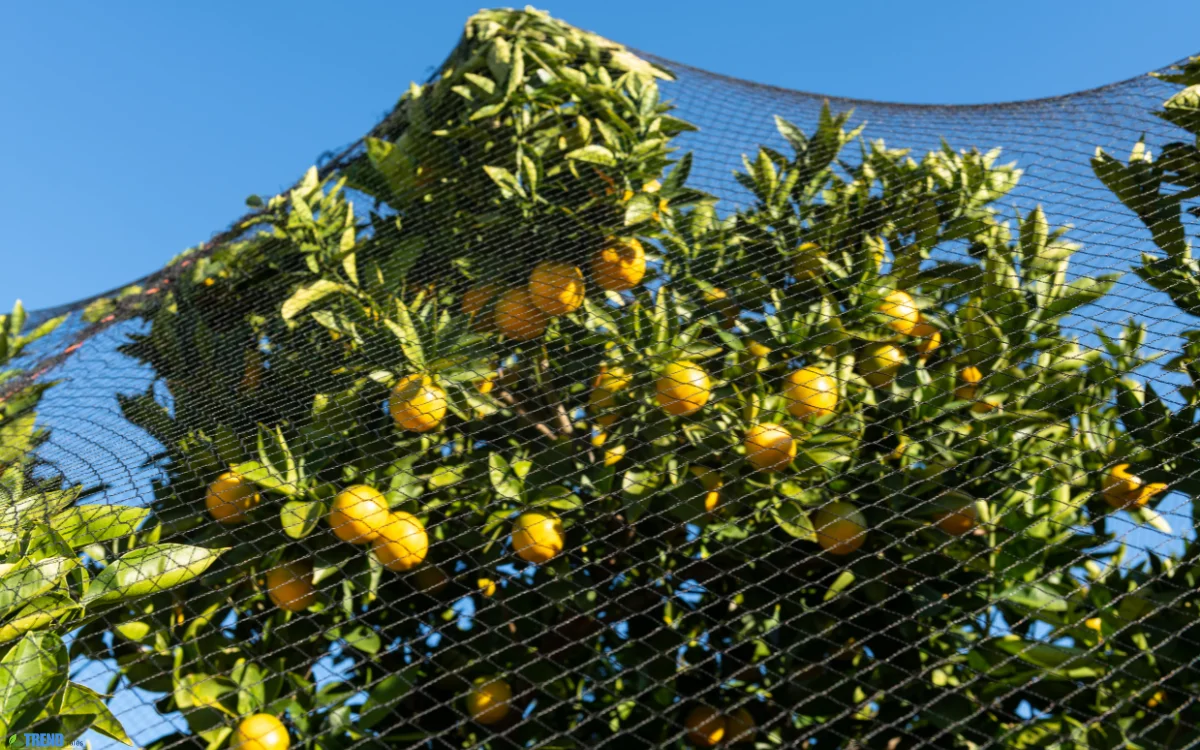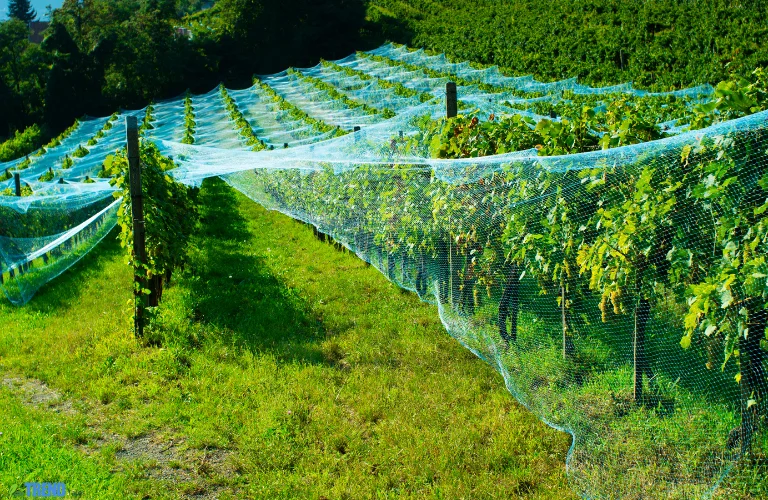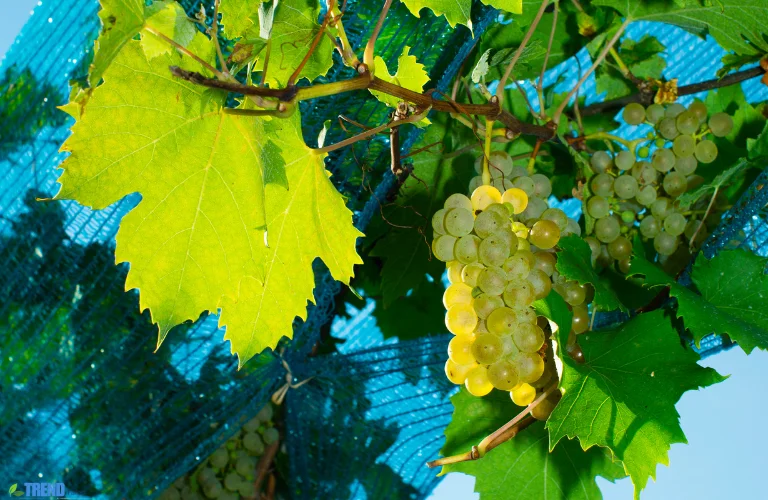Bird Netting: The Smart Solution for Garden Protection

Gardening can be a rewarding experience, but protecting your plants from birds can be a constant struggle. Whether you’re growing fruits, vegetables, or flowers, birds often see your garden as an open buffet. This is where bird netting comes in a practical and humane way to safeguard your garden. This article will cover all aspects of bird netting, including its varieties, advantages, installation methods, and upkeep guidelines.
Why Bird Netting Is Essential for Gardeners
Birds may be beautiful to watch, but they can wreak havoc in a garden. They peck at fruits, dig up seeds, and damage leaves and stems. Without proper protection, your hard work can be lost overnight.
It serves as a shield that keeps hungry birds away from your plants, helping you maintain a peaceful and thriving garden. It’s especially useful for home gardeners, commercial growers, and even urban dwellers with balcony gardens. Unlike chemical repellents or traps, netting offers a long-term, non-lethal solution that works for all kinds of gardens.
Types of Bird Netting for Different Garden Needs
Choosing the right type of bird netting depends on your garden size, plant types, and the level of protection you need. Here are the most common options:
Plastic Bird Netting
Plastic netting is lightweight, affordable, and easy to handle. It’s ideal for small gardens and temporary use. This type of bird netting is resistant to weather and UV rays, making it a great choice for seasonal crops.
Metal Mesh Netting
Metal mesh offers a longer-lasting choice for permanent setups. It offers stronger protection and can withstand harsh conditions. This form is perfect for vineyards, orchards, and long-term crop coverage.
Knotted Bird Netting
Knotted netting provides added strength and durability. It’s commonly used in commercial farming and offers superior resistance against tearing. Knotted bird netting can also be custom sized to fit large garden areas or greenhouses.
Key Benefits of Using Bird Netting in the Garden
Using provides several advantages that go beyond just protecting your plants. Let’s look at some key benefits:
Protects a Wide Range of Crops
Whether you’re growing berries, grapes, tomatoes, or herbs, bird netting can protect virtually any type of plant. It forms a protective shield that stops birds from feasting on your produce.
Promotes Healthy Plant Growth
When your garden is free from bird damage, plants grow more vigorously. By installing, you eliminate one of the biggest threats to plant development and harvest success.
Environmentally Friendly and Reusable
Unlike sprays or chemical deterrents, is safe for the environment.
Most types can be reused season after season, making it a sustainable choice for eco-conscious gardeners.
Keeps Other Pests Away
Besides birds, it can deter larger insects, rodents, and other small animals that may threaten your crops. It serves as a multipurpose protective tool.
How to Install Bird Netting Correctly

To make the most of your bird netting, correct installation is essential. Follow these guidelines to ensure the best coverage and effectiveness:
Measure Your Area
Before buying, measure the length and width of the garden space or individual plants you wish to cover. Purchase slightly more than needed to account for overlap and secure fitting.
Use Support Structures
Use stakes, poles, or hoops to lift the netting above the plants. This prevents it from weighing down leaves and allows air circulation and sunlight to reach your crops.
Secure the Edges
Use clips, ties, or ground staples to fix the netting in place. Be sure there are no open gaps where birds can slip through. A properly sealed installation offers the best results.
Maintenance and Care for Long-Term Use
Taking care of your bird netting ensures it lasts longer and stays effective. Here’s how to maintain it:
-
Inspect regularly for tears or holes
-
Clean with water to remove dirt or bird droppings
-
Store it in a cool, dry location, protected from direct sunlight when not being used.
-
Replace damaged netting promptly
By following these simple steps, your can last for several seasons.
When to Use Bird Netting in Your Garden
The right timing can make all the difference in ensuring effective protection. For fruit-bearing plants, install bird netting just before ripening begins. For newly planted seeds or young plants, netting should be installed immediately to prevent birds from digging them up.
It’s also helpful during migration seasons when bird activity increases. Being proactive can save you from sudden crop losses.
Common Mistakes to Avoid

Even the best won’t work if not used properly. Avoid these mistakes:
-
Using netting with holes too large
-
Installing directly on top of plants without support
-
Not securing all edges
-
Leaving netting on too long and damaging plant growth
Proper technique ensures that helps rather than harms your garden.
Alternatives to Bird Netting
While is one of the most effective methods, here are a few alternatives you can consider:
-
Reflective tape: Uses light flashes to scare birds
-
Fake predators: Decoys like owls or snakes may deter birds
-
Noise makers: Motion-activated alarms or wind chimes
These can complement, especially in larger areas where layered protection is beneficial.
Conclusion: Keep Your Garden Safe with Bird Netting
Gardening success is about more than just planting and watering it’s also about protecting what you grow. Netting provides an easy, efficient, and environmentally friendly way to prevent bird damage. Whether you’re a beginner or an experienced gardener, this protective measure ensures you enjoy the fruits of your labor literally.
From plastic mesh for your backyard to heavy-duty netting for orchards, there’s a solution for every need. By installing and maintaining your properly, you’re setting your garden up for long-term success.
FAQs About Bird Netting
Q1: What size do I need for my garden?
Measure your garden area and add a few extra feet to each side. This ensures full coverage and a secure fit.
Q2:Is safe for birds?
Yes, when installed properly. Ensure it’s raised above plants and all edges are secured to prevent birds from getting trapped.
Q3: How long does it last?
Depending on the material, it can last from one season to several years. Plastic netting is good for seasonal use, while metal mesh is more long-lasting.
Q4: Can I use on fruit trees?
Absolutely. Use poles to create a canopy over the tree or wrap netting loosely around the branches.
Q5: Does block sunlight or water?
No, it is designed to allow sunlight, air, and rain to pass through while keeping birds out.
1 comment